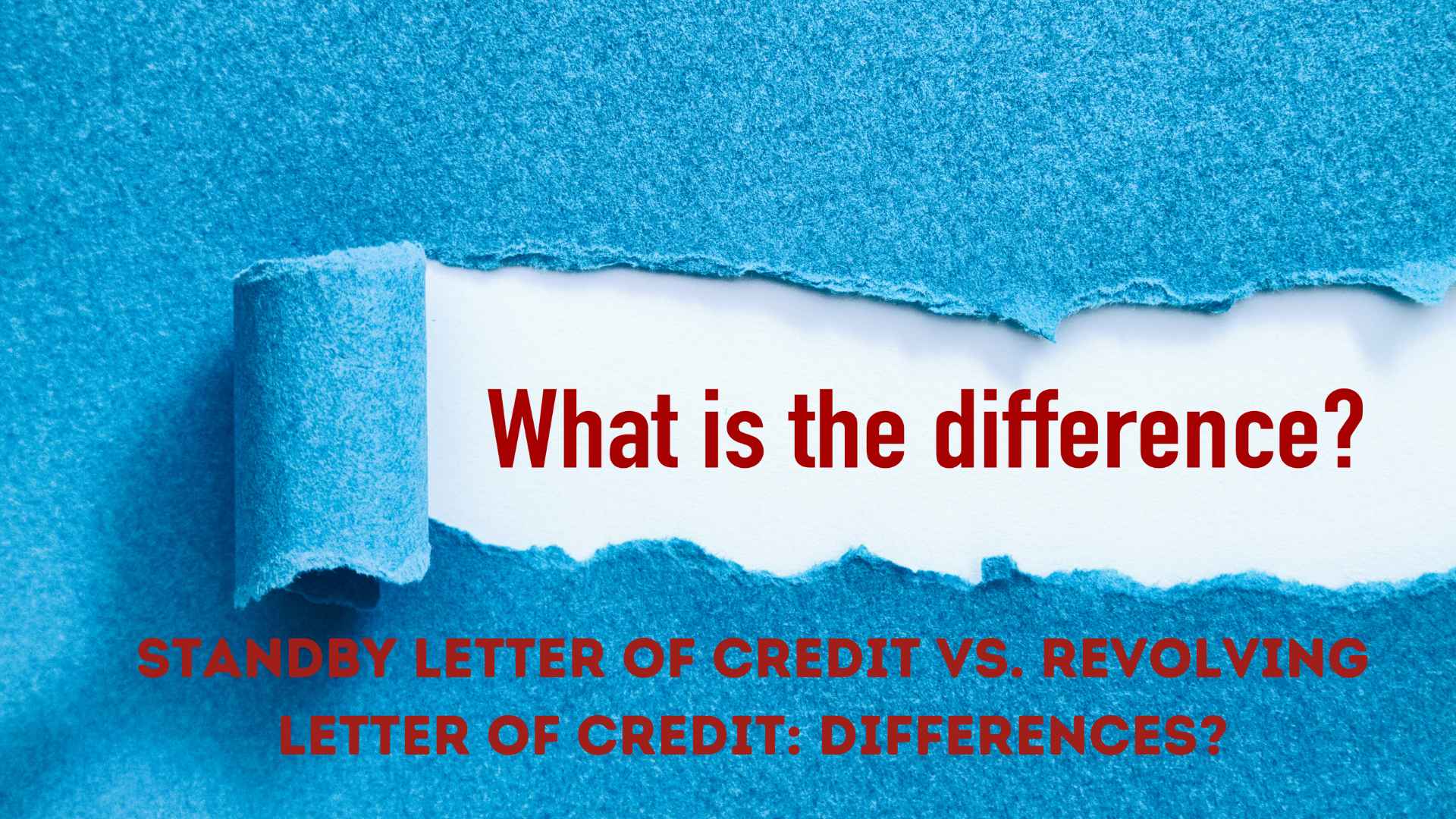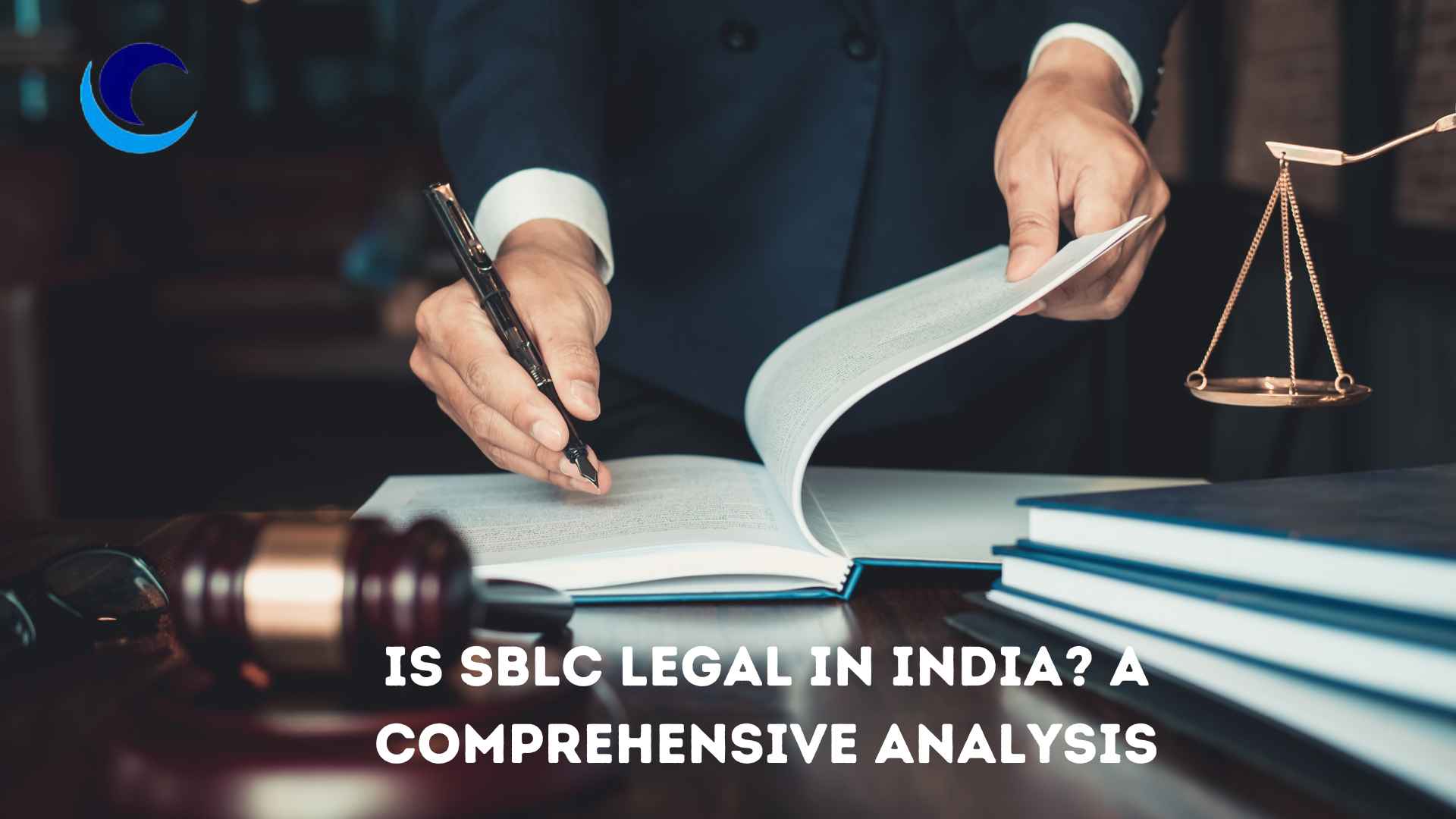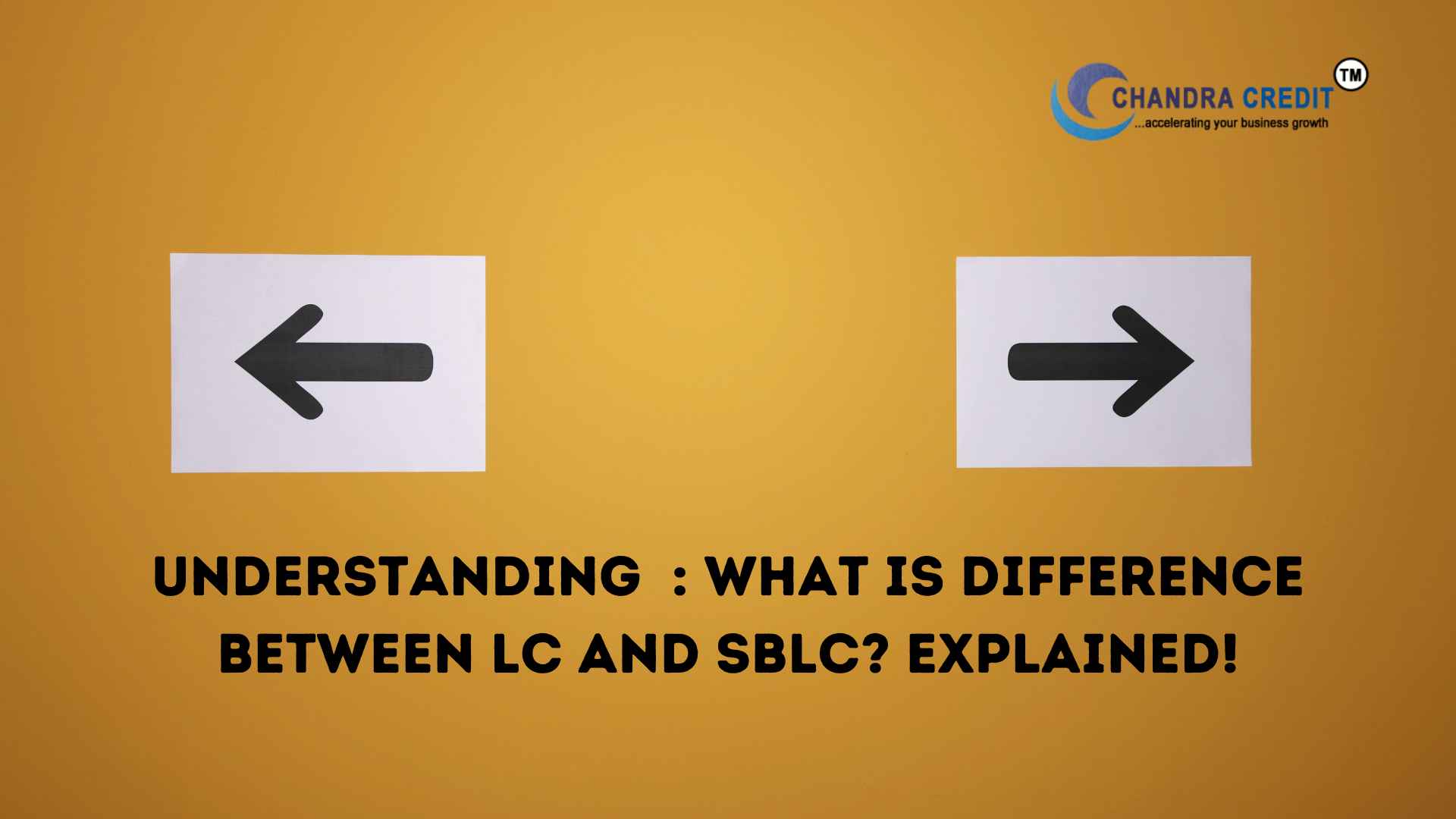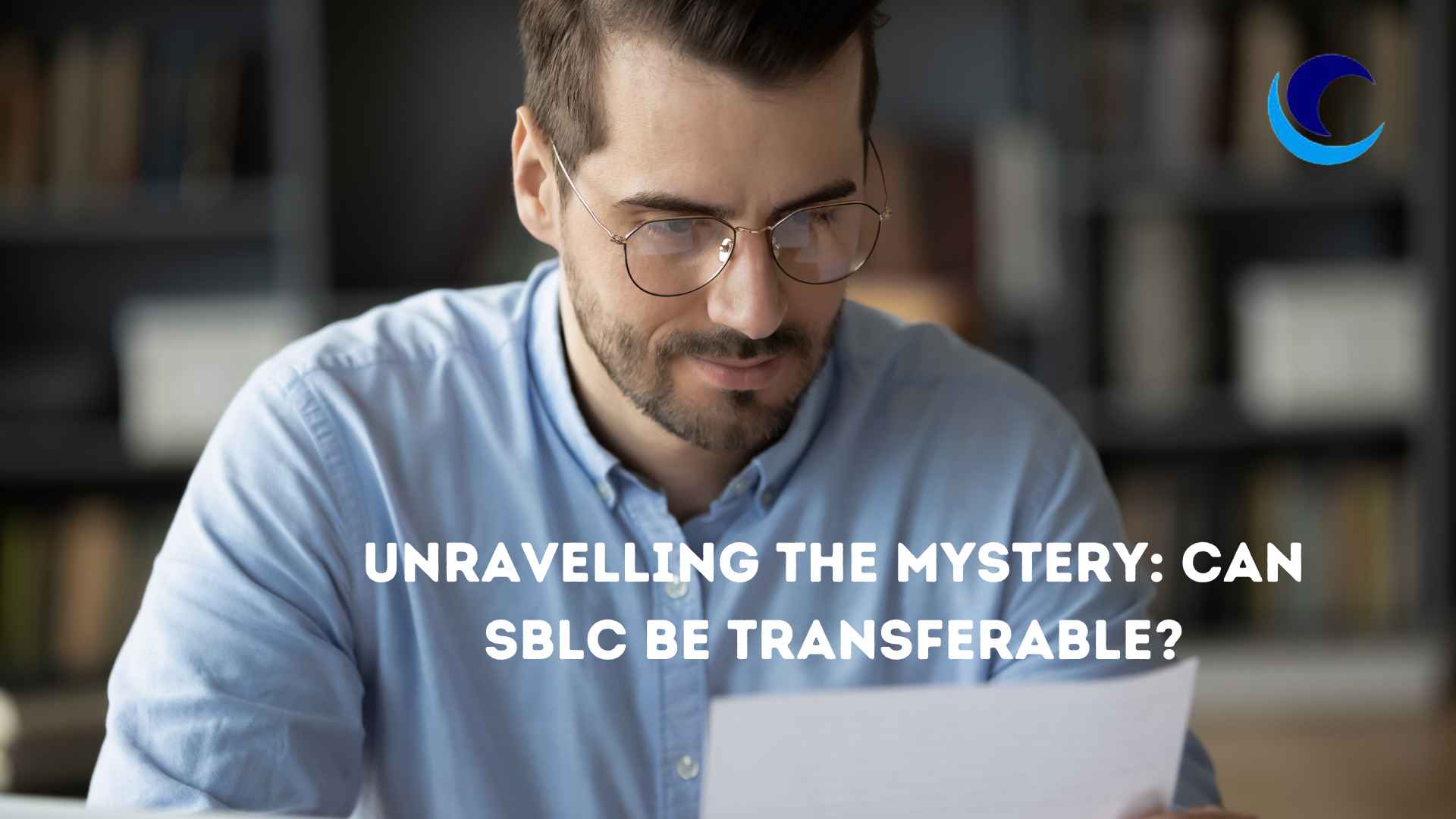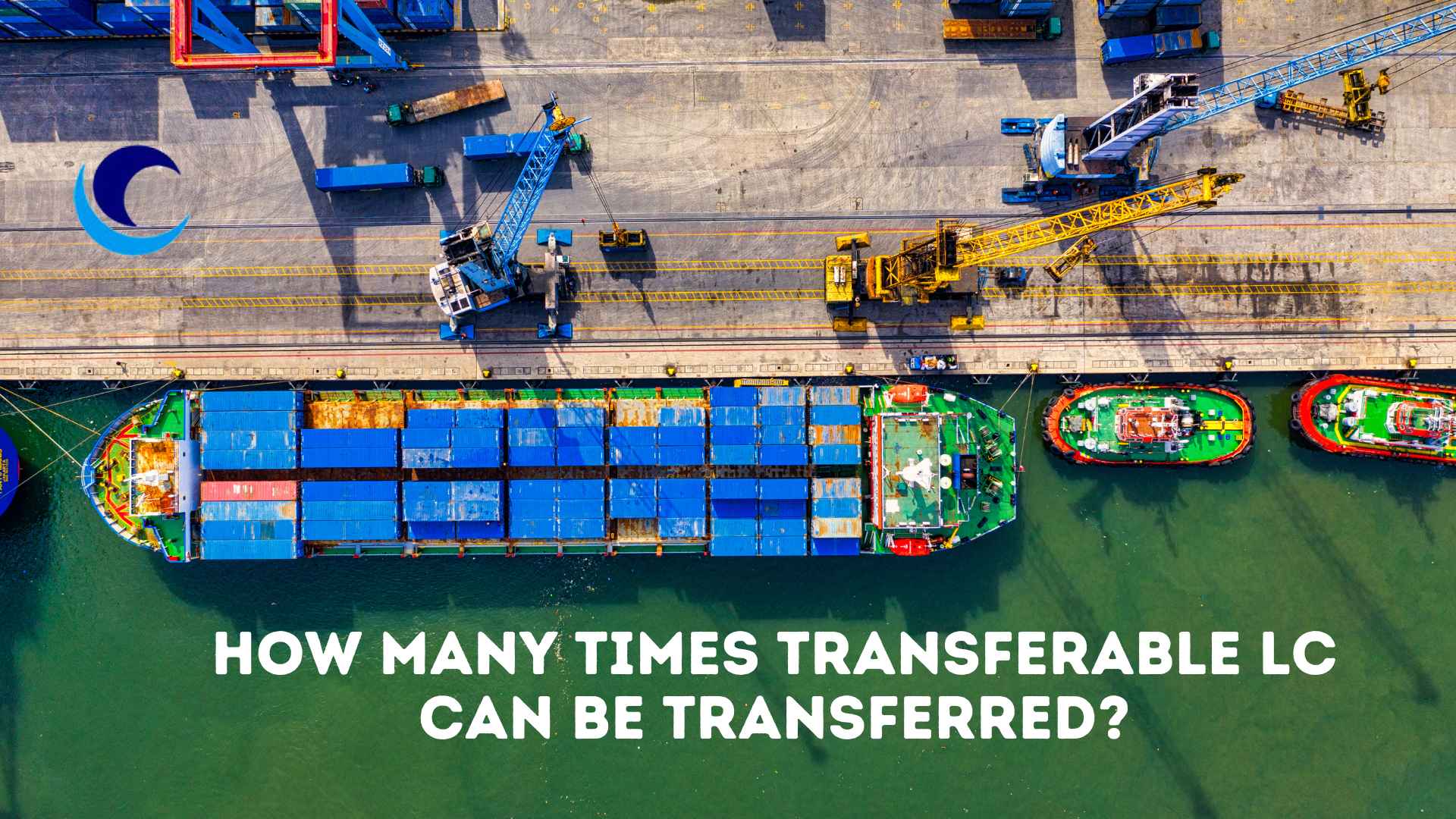


A Standby Letter of Credit (SBLC) is a financial instrument issued by a bank to guarantee payment in case the applicant (the party requesting the letter) fails to meet their obligations. It serves as a backup, reassuring the beneficiary (the party receiving the letter) that they will be paid in case of default. It’s commonly used in international trade, real estate transactions, and business contracts.
Here’s a beginner’s guide on how to use an SBLC:
1. Understand the Basics of SBLC
Applicant: The person or business requesting the SBLC, typically the buyer or debtor.
Beneficiary: The party that will receive the payment if the applicant defaults.
Issuing Bank: The bank that issues the SBLC on behalf of the applicant.
Advising Bank: A bank that communicates the SBLC to the beneficiary, typically the bank of the seller or creditor.
2. Decide When to Use an SBLC
An SBLC is typically used when:
There is a risk that one party may not fulfill the contract.
You want to provide a financial guarantee to assure the other party of payment or performance.
Common in international trade, construction contracts, and leases.
3. The Process of Obtaining an SBLC
Application: The applicant contacts their bank to request an SBLC, providing details about the contract and terms.
Creditworthiness Check: The bank assesses the applicant’s financial health and may require collateral (such as cash or assets) to issue the letter.
Issuance: If approved, the bank issues the SBLC, detailing the terms, such as the amount, conditions for payment, and expiration date.
Notification: The SBLC is communicated to the beneficiary (typically through an advising bank).
4. Using the SBLC
Triggering the SBLC: If the applicant fails to fulfill their obligation (like payment or performance), the beneficiary can claim the payment under the SBLC.
Claim Process: The beneficiary will present the required documentation to the bank (usually, proof of default) in order to receive the funds.
Payment by the Bank: The issuing bank pays the beneficiary as agreed under the SBLC terms.
5. Types of SBLCs
Performance SBLC: Guarantees that the applicant will meet the terms of a contract (e.g., deliver goods or services).
Payment SBLC: Ensures payment will be made if the applicant defaults on a payment obligation.
Direct SBLC: The beneficiary can claim directly from the issuing bank.
Counter SBLC: The issuing bank requires an additional SBLC issued by a different bank, commonly used in complex transactions.
6. Review the Terms Carefully
Validity Period: Most SBLCs have an expiration date. Ensure the letter is valid for the period needed to cover the contract.
Conditions for Claim: Review the exact conditions under which the beneficiary can claim payment, including the documents that need to be presented.
7. SBLC vs. Bank Guarantee
An SBLC is similar to a bank guarantee but is generally used in more international contexts and focuses on payment obligations rather than performance. However, an SBLC can be drawn upon only if the applicant defaults, while a bank guarantee often covers both payment and non-performance issues.
8. Fees
Issuance Fees: The applicant may have to pay a fee to the bank for issuing the SBLC.
Amendment Fees: Any modifications to the SBLC terms might incur additional costs.
Claim Fees: If the beneficiary needs to claim under the SBLC, the issuing bank may charge a fee.
9. Closing or Expiration
Once the SBLC's purpose is fulfilled (e.g., the contract is completed or the payment is made), the letter is closed. If no claim is made by the beneficiary within the validity period, the SBLC expires and becomes void.
10. Risks and Considerations
Cost: SBLCs can be expensive due to the fees and collateral requirements.
Expiry: Make sure the letter doesn’t expire before all obligations are completed.
Risk of Non-Payment: Although an SBLC provides a guarantee, the bank may refuse to pay if the documentation does not meet the exact terms specified.
About Chandra Credit Limited
We are specialized financial service providers based in Noida that provide various financial services letter of credit, bank Guarantee,SBLC and Project funding. Feel Free to Contact us on info.chandracredit.com or call us on +91 84482 78716
Conclusion
A Standby Letter of Credit is a powerful financial tool that helps manage risk in business deals. It acts as a safety net, ensuring that the beneficiary is compensated if the applicant fails to meet their obligations. By understanding its terms and the process, you can effectively use an SBLC to safeguard your business transactions.
Mr. Subhash Chandra is the Director of Chandra Credit Ltd. and is professionally qualified with rich experience in Industries. He is the key person looking after business strategy from inception till execution. After working for over 40 years in the Top industries he has developed good networking in Marketing, Finance, and HR and has vast exposure to a team of professionals to assist in the conduct of business.
















